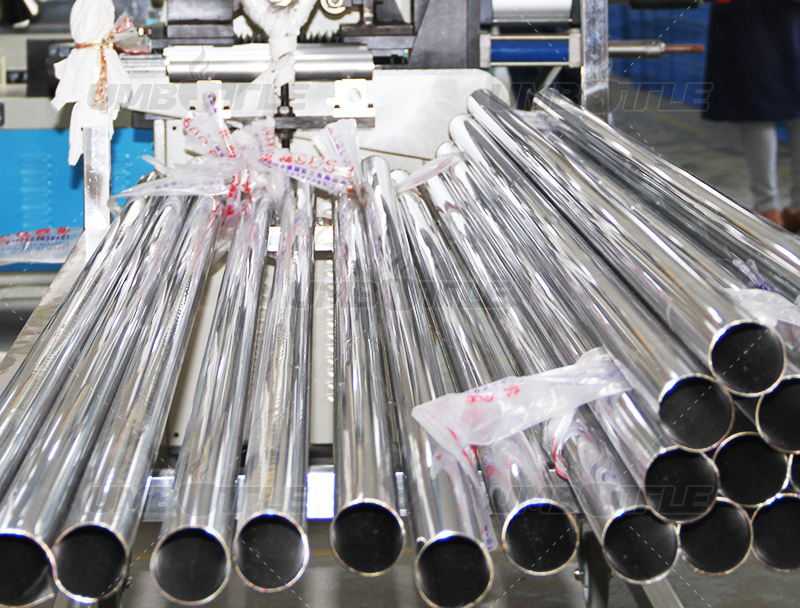Comprehensive Analysis of Factors Affecting Thermal Insulation Performance in Stainless Steel Vacuum Flasks (Materials Chapter)
There's a story in every cup, warmth in every life. Hello everyone, "Dong Dong's Cup Talk" is here. Many consumers and even industry veterans with years of experience are curious about what factors affect the thermal insulation performance of vacuum flasks. This is indeed a comprehensive topic. http://www.umbottle.com/ProductsDetail-VB-10527.htmlToday, I'll take some time to explain what exactly influences the insulation performance of stainless steel vacuum flasks, how to choose a highly effective thermos, and how manufacturers can produce flasks with superior and long-lasting insulation.
As someone with extensive experience in the stainless steel vacuum flask industry, I've witnessed the entire production process from raw materials to end users, and I understand that insulation performance is a key competitive factor. I will systematically analyze the factors affecting thermal insulation from five key dimensions: http://www.umbottle.com/ProductsDetail-VB-10527.htmlproduction process control, product structural design, material selection, logistics and storage management, and usage scenarios/environment, while also addressing industry pain points with practical solutions.
As always, if you appreciate my content, please give it a thumbs up! More likes will help more people see this valuable information. http://www.umbottle.com/ProductsDetail-VB-10527.htmlIf you've been following my previous posts, consider subscribing so you won't miss any future updates. Given the depth of the topic, I'll address each of these five dimensions separately.
3. Material Engineering: From Microstructure to Macro Performance
Selection of Stainless Steel Base Material
- The thermal conductivity of 304/316 stainless steel is approximately 16.3 W/(m•K).
- 316 stainless steel contains 2%-3% molybdenum, http://www.umbottle.com/ProductsDetail-VB-10527.htmlwhich enhances its corrosion resistance by 3 times compared to 304, making it more suitable for acidic beverages.
- Recommended inner wall thickness: ≥0.2mm.
- If too thin (<0.2mm), welding penetration issues may occur.
- If too thick, it increases both weight and production costs.
Synergistic Effects of Auxiliary Materials
- A double-layer copper-plated vacuum insulation layer can extend heat retention by 2-3 hours compared to standard vacuum insulation.
- Silicone sleeves have an extremely low thermal conductivity of just 0.2 W/(m•K). When combined with an air gap design, http://www.umbottle.com/ProductsDetail-VB-10527.htmlthey can reduce heat loss by an additional 15%.

There are stories in the cup, life has warmth, use a good cup to enjoy a healthy life. We provide OEM business to more than 100 companies around the world, and produce more than 3 million pieces of various stainless steel/plastic cups and pots annually. Honoring promises, keeping reputation, ensuring quality and quantity, and delivering on time are our service principles and our professional commitment. Dongguan Zhan Yi Commodity Technology Co.,Ltd. welcomes global merchants to conduct on-site factory inspections and in-depth cooperation.